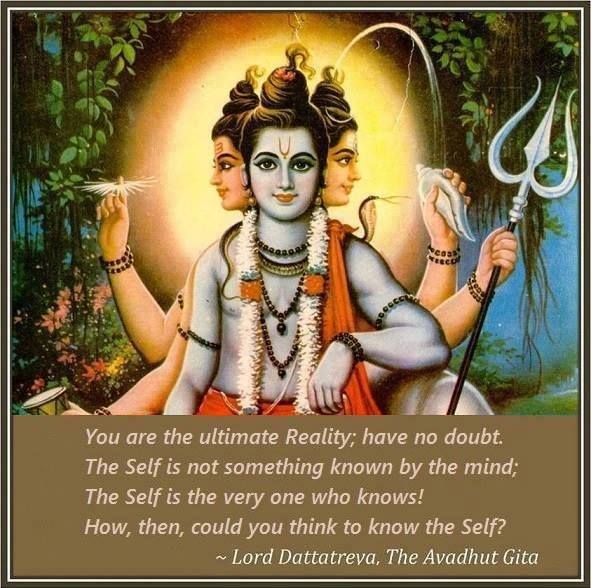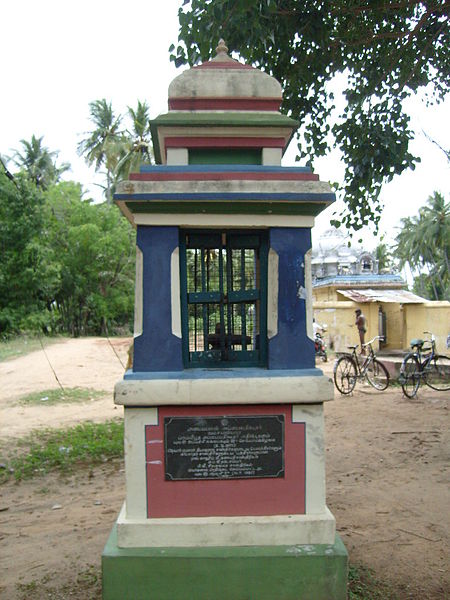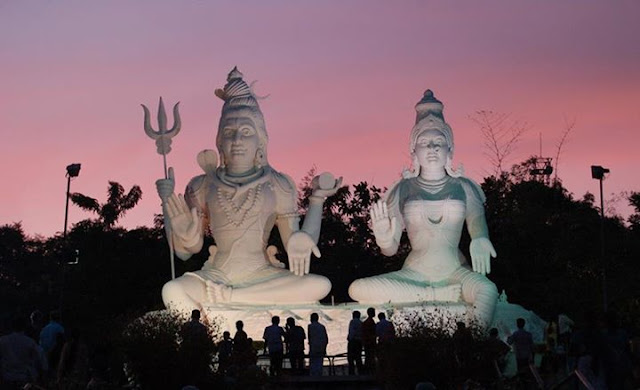HINDU FASTS & FESTIVALS : 15-5.

15. Dattatreya Jayanthi-5. Dattatreya then mentioned the names of his twenty-four Gurus and spoke of the wisdom that he had learnt from each as follows: “The names of my twenty-four Gurus are earth, water, fire, sky, moon, sun, pigeon, python, ocean, moth, honey-gatherers (black bee), bees, elephant, deer, fish, the dancing-girl Pingala, raven, child, maiden, serpent, arrow-maker, spider and beetle. 1. I learnt patience and doing good to others from the earth. 2. From water, I learnt the quality of purity. 3. I learnt from air to be without attachment though I move with many people in this world. 4. From fire I learnt to glow with the splendour of Self-knowledge and austerity. 5. I learnt from the sky that the Self is all-pervading and yet it has no contact with any object. 6. I learnt from the moon that the Self is always perfect and changeless and it is only the limiting adjuncts that cast shadows over it. 7. Just as a sun reflected in various pots of water app...




















